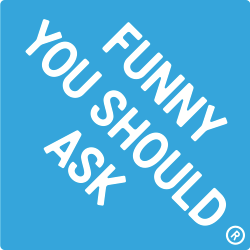Maybe you’re familiar with linguistic relativity, or maybe not. Anyways, it’s about how language actually affects and even limits our way of thinking, our cognition. Plato said the opposite, that no matter what language you spoke, thoughts were not affected. The Whorf-Sapir hypothesis talks more about this if anyone’s interesting (even though wikipedia says it’s Sapir-Whorf, not Whorf-Sapir).
Yesterday I read an article about Zimbabwe and how Tsvangirai and Mugabe are hooking up again to try and find a way out of the mess. Good luck. Apparently Zimbabwe has a 2.2 million percent inflation!! Goddamn!
How does that relate to linguistic relativism? Not at all, but to the concept of context/culture affecting our thoughts and perception of everything. If you’re from a country with 2.2 million percent inflation – how does that affect your view on percentage? Or value of money? When someone tells me something went up or down 100%, generally that’s a lot. Would a Zimbabwian get the same first reaction? I doubt it. 2.2 million percent – come on! The central bank just printed a new hundred billion bill. It would say 100 000 000 000 on that, rather large, piece of paper. The paper industry is doing well I presume…



